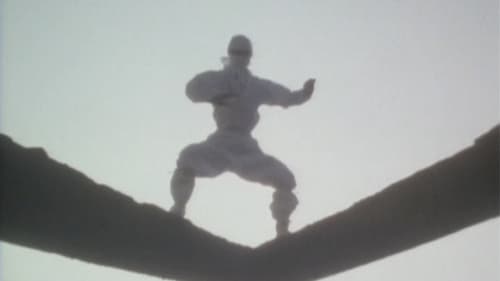Chris Gallagher
출생 : , Vancouver, Canada
약력
Chris Gallagher, lives in Vancouver and attended The University of British Columbia and Simon Fraser University and taught film at the University of Regina during the eighties and at The University of British Columbia for many years. His work examines philosophical paradoxes and contradictions by applying structural strategies to events as a means to reformulate linear experience to propose aberrant understandings of familiar assumptions. His film Time Being, essentially 88 one-minute films on time, examines our intimate and intuitive sense, but elusive understanding, of time a theme also found in Seeing in the Rain, Terminal City, Atmosphere, Undivided Attention and Where is Memory. Atmosphere, Seeing in the Rain and Undivided Attention played many festivals and received awards at a number. Terminal City was acquired by Centre Pompidou and Seeing in the Rain and Mirage were recently part of Die Leidenschaften Ein Drama in 5 Akten of the Deutsches Hyginen-Museum and his films are available through the CFMDC, Moving Images and Light Cone.
The Tungsten Shadows events, Santa, The Kodak Kahuna Show, Santa's Luau, 1000 dollars, Lets get Painting Moving existed in a territory formed by a triangle between theatre, art and carnival act. The installation, Aerial Image, projected motion pictures into industrial steam plumes in the Regina and Winnipeg winter night sky and the winter equinox, outdoor screening of Time Being juxtaposed philosophical musings on time with the physical need to stay warm and was presented at Illuminate Yaletown.
Gallagher's photography has been included in exhibitions, publications and collections and his picture of a floating cup, from the 13 Cameras exhibition and book, was describes as a "major image" by The National Gallery of Canada and Reindeer Discipline, from the Santa series, creating a furor when exhibited at The Vancouver Art Gallery. His current work includes Around Here, single exposure photography with his radial pan camera that alters narrative space by the injection of a pure motion at the time of capture and his short film work looks at time and space as they dissolve and recrystallize each other in the liquid of representation.


